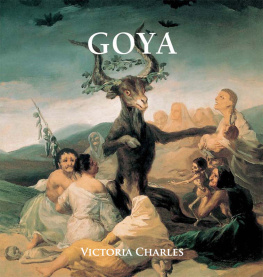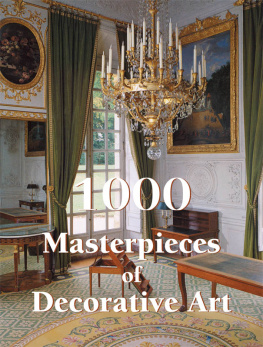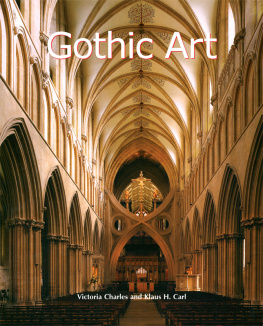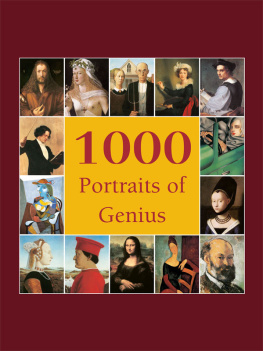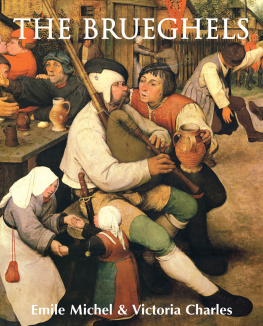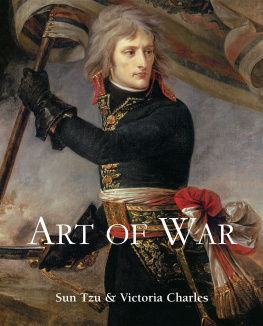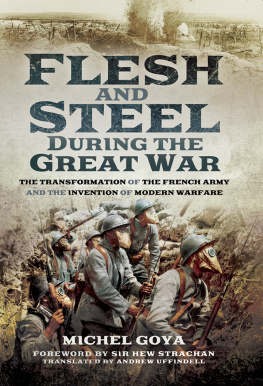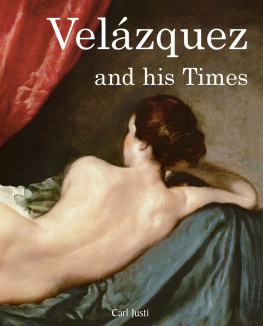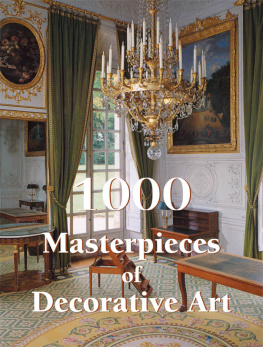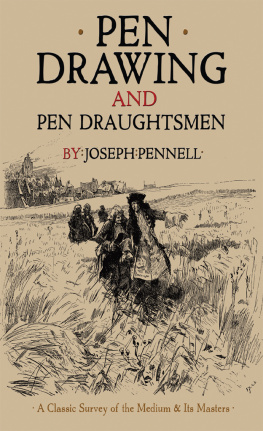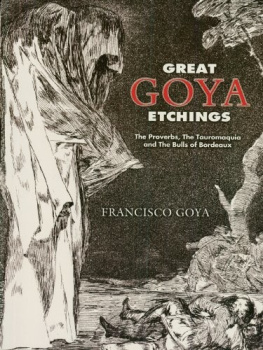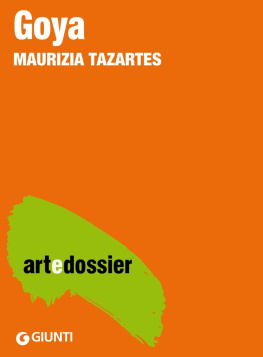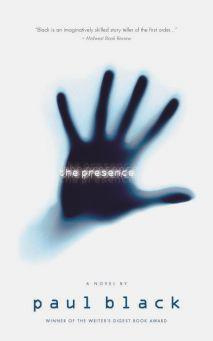
Author: Victoria Charles
Cover: Stphanie Angoh
ISBN: 978-1-78160-598-1
Confidential Concepts, worldwide, USA
Parkstone Press International, New York, USA
All rights reserved. No part of this may be reproduced or adapted without the permission of the copyright holder, throughout the world.
Unless otherwise specified, copyright on the works reproduced lies with the respective photographers. Despite intensive research, it has not always been possible to establish copyright ownership. Where this is the case, we would appreciate notification.
Victoria Charles
Francisco
Goya

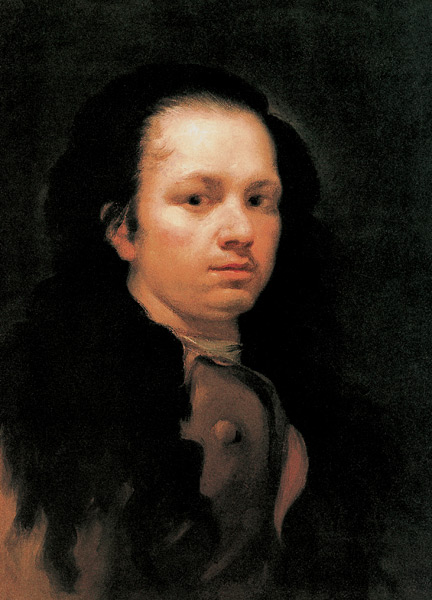
Self-portrait , 1773-74.
Oil on canvas, 58 x 44 cm,
Ibercaja Collection, Saragossa.
"There are no rules in painting," Goya told the Royal Academy of San Fernando in Madrid during an address he gave in 1792. He suggested that students should be allowed to develop their artistic talents freely and find inspiration from their own choice of masters rather than adhere to the doctrines of the neo-classical school. Goya himself was known to have claimed that Velzquez, Rembrandt and Nature were his masters, but his work defies neat categorization and the diversity of his style is remarkable.
Francisco Goya lived for eighty-two years (1746-1828), during which time he produced an enormous body of work - about 500 oil paintings and murals, nearly 300 etchings and lithographs, and several hundred drawings. He was proficient both as a painter and a graphic artist, and experimented with a variety of techniques; even at the end of his life he was a pioneer of the new printing method of lithography.
Essentially a figurative painter, Goya treated an enormous variety of subjects. He became the leading portrait painter in Spain, decorated the churches of Saragossa and Madrid with altarpieces and murals and designed tapestries illustrating life in Madrid. Numerous personal sketch books contain his private observations.
Two catastrophic events dramatically affected Goya's life and his vision of the world. The first came in 1792 when, at the age of forty-six, he was struck by an illness, probably an infection of the inner ear, that left him totally deaf. The second cataclysmic event was the Napoleonic invasion of Spain in 1808, which was followed by six years of fighting for Spanish independence. During the war, hideous atrocities were perpetrated by both sides, and Goya recorded many of them in a series of etchings which are testaments to the cruelty of mankind.
Francisco Goya, the son of a master gilder, was born on the 30th of March, 1746 in Fuendetodos, a small village in the barren Spanish province of Aragon. When Goya was a boy, the family moved to the busy commercial center of Saragossa, the capital of Aragon. Goya went to school at a religious foundation, the Escuelas Pias de San Antn. Here he met Martin Zapater, who would become a faithful friend.
Aged fourteen, Goya took lessons in drawing and painting from Jos Luzn y Martinez, a local religious painter, who introduced his pupils to the works of the Old Masters through engravings he made them copy. Among Luzn's other pupils were three gifted brothers, Francisco, Manuel and Ramon Bayeu, who were to become his brothers-in-law.
In 1763, Goya submitted a drawing to the Royal Academy of San Fernando in Madrid in the hope of gaining a place, but his entry gained not a single vote from the academic judges. Three years later, he tried again - and failed. In 1770, Goya went to Italy, probably travelling to Rome and Naples and in April 1771 he received special mention for a painting he submitted to the Accademia di Belle Arti in Parma. By June of the same year, he had returned to Saragossa where he received his first important commission, the decoration of the ceiling of the coreto, or choir, of the Basilica of El Pilar, the city's great cathedral.
In July 1773, he married Josefa Bayeu, the sister of his three fellow pupils. Francisco Bayeu was, by this time, employed in decorating the new Royal Palace in Madrid under Anton Mengs, a leading exponent of the neo-classical style, and Goya hoped, no doubt, to further his career by marrying the sister of a prominent painter. The couple had seven children, although only one son, Mariano, survived to adulthood. In the winter of 1774, Goya and Josefa settled in Madrid. The capital city had been transformed during the eighteenth century by the Spanish Bourbon kings, who widened streets, opened piazzas and constructed numerous religious and civic buildings. They also expanded the five Habsburg palaces and created three new royal residences, requiring a team of designers to decorate their interiors.
In 1775, Anton Mengs (1728-79), first court painter to Charles III, returned to Madrid and was given the responsibility of overseeing the execution of numerous tapestry cartoons. The Goyas move came in response to his first royal commission, to design a series of cartoons for tapestries to hang in the personal dining room of the future King Charles IV, in the Escorial Palace. Goya was given the commission at the suggestion of Mengs, who had earlier commissioned Francisco Bayeu to work on the new royal palaces. For several years, Goya was gainfully employed painting further series of cartoons for the Royal Tapestry Factory. During the 1780s, Goya's career prospered. Finally elected to the Royal Academy of San Fernando in 1780, he became its Assistant Director of Painting in 1785. In June 1786, he was named an official court painter at a salary of 15,000 reales per year (equivalent to about 150 at that time), and in 1789 was promoted to Court Painter, as a result of which he began to mix with a glittering array of royalty, aristocracy and statesmen, and became a celebrated portrait painter. However, the son of humble parents and born far from the splendours of the court, Goya never became a courtier in spite of his official position; he painted not only members of the fashionable lite, but also artisans, labourers and the victims of poverty.
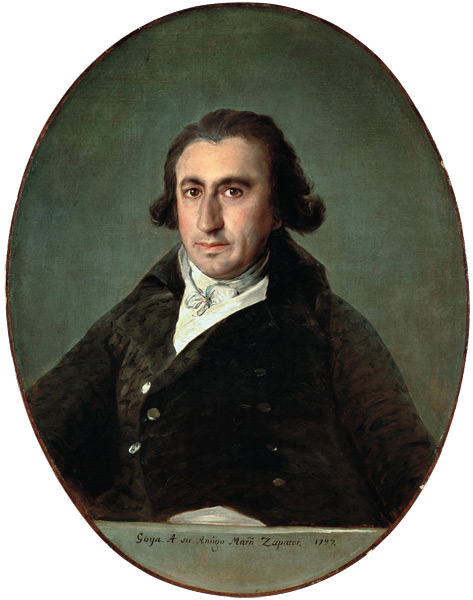
Portrait of Martin Zapater , 1797.
83 x 64 cm, Museum of Fine Arts, Bilbao.
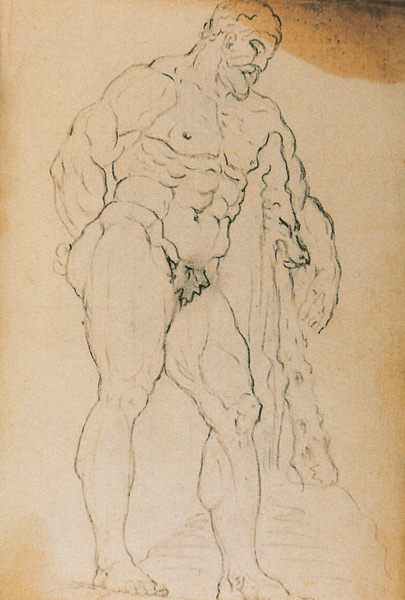
. Farnese Hercules ,
drawing from the Caduerno italiano,
Museo del Prado, Madrid.
He sympathized with the Spanish Enlightenment, whose members disagreed in principle with all that the court stood for. Disturbed by the social inequalities of the day, the Enlightenment felt that the monarchy, through blindness and neglect, had done little to bring Spain out of the Middle Ages. Goya became a proficient etcher and recorded his personal observations in this medium.
In these, and in the numerous drawings he made in private sketchbooks, he ridiculed the vulgarity and follies of humanity. His critical vision appears to have been intensified by the deafness with which he was inflicted after an infection in 1792. The early years of the nineteenth century were disastrous for Spain. On 21 October 1805, the Spanish fleet was destroyed by the British at Trafalgar, cutting Spain off from its colonies.
Next page
